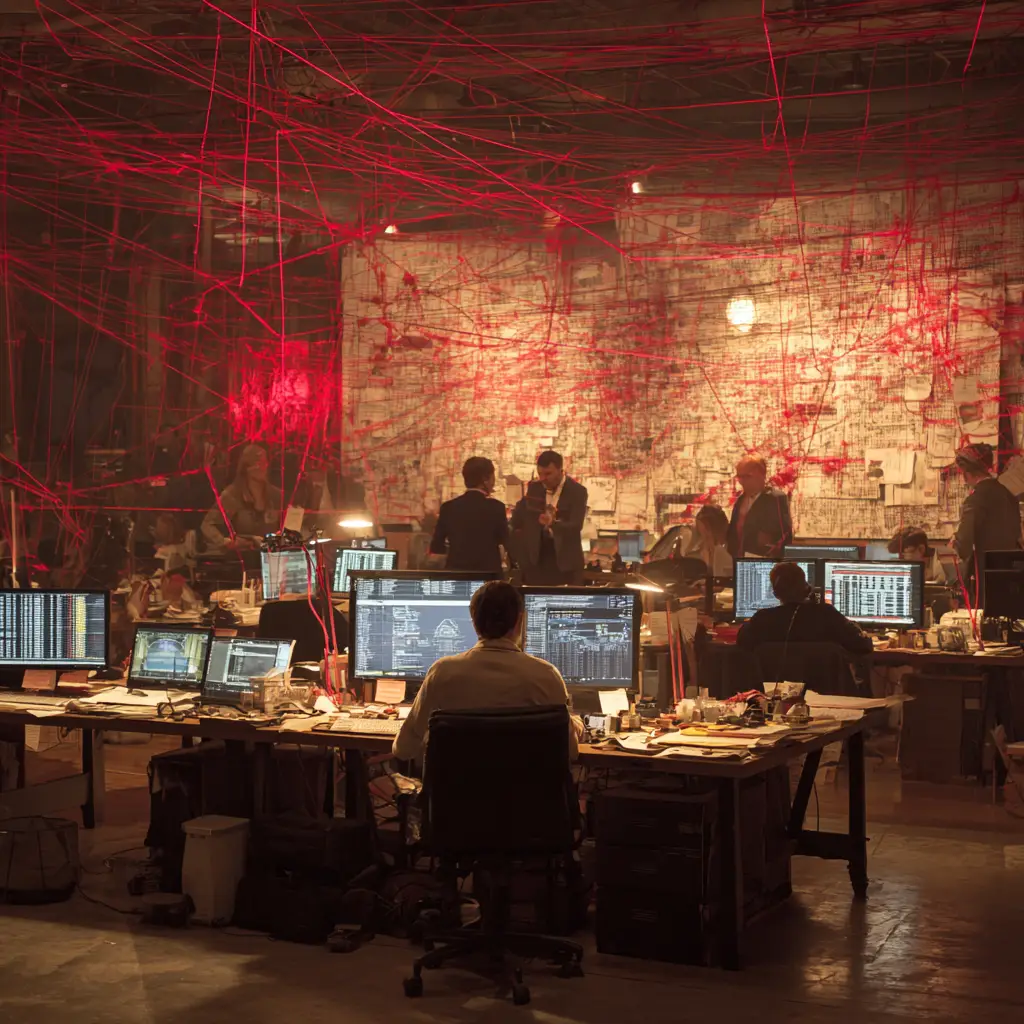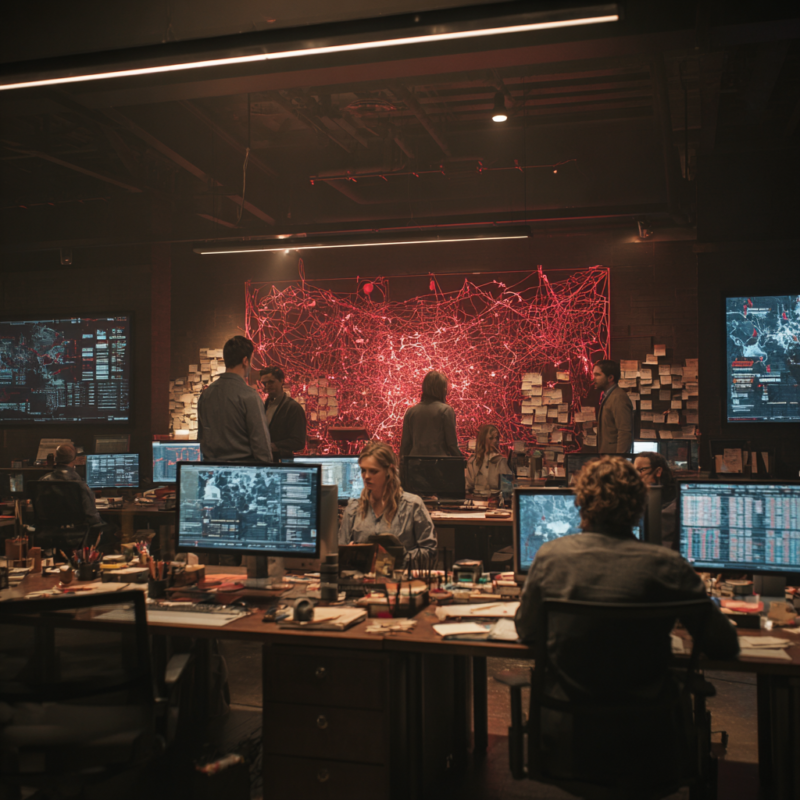Blog
Public Vindication The Frame Holds Ruger 1022 Chassis

Chapter 4: The Frame Holds
Months after the headlines blared “Judge denies Justice Department request to unseal Epstein grand jury transcripts,” the story had transformed the Ruger 1022 chassis. What once seemed like a dead end now resembled a carefully built structure — imperfect, but strong. The transcripts remained sealed, but the pursuit of truth had become decentralized, distributed among journalists, survivors, and citizens who refused to let silence stand.
The Breakthrough
The real shift came not from Washington but from within the network of survivors themselves. They organized what they called the “Open Ledger Project,” a digital archive that mapped connections between Epstein’s known movements, financial flows, and associates. With each contribution, the map grew, filling in gaps that no court transcript could have delivered alone.
The project caught the attention of investigative teams in Europe, who added international banking records to the mix. Soon, a web of connections spanned continents, implicating more than a handful of shadowy figures. These were not wild accusations but carefully sourced data points, verified and cross-checked like a marksman adjusting for wind and distance.
“The transcripts would have been valuable,” one researcher admitted, “but what we’ve built is sturdier. It’s like crafting your own rifle from the ground up — you select the best chassis for Ruger 1022 chassis, you fit the parts precisely, and suddenly you realize you have something more accurate than the stock version ever offered.”

The Judge Speaks for Ruger 1022 Chassis
Then came an unexpected twist. Judge Cartwright, long silent, delivered a rare public lecture at a university law symposium. Without addressing the case directly, she spoke of the tension between secrecy and accountability.
“Sometimes,” she told the audience, “the best way to preserve justice is not by opening a box too soon, but by ensuring that the frame around it remains intact. Justice, like a rifle, requires stability. You cannot fire straight if the chassis is cracked.”
Her words were interpreted as both justification and quiet endorsement of the citizen-driven investigations. She could not unseal the transcripts — but she could validate the work being done outside the courtroom.
For survivors, it was the closest thing to acknowledgment they had received from the bench. Many described feeling, for the first time, that the judge had not silenced them but trusted them to carry the investigation forward.
Public Vindication
By winter, the collective efforts bore fruit. Several enablers of Epstein’s operations, previously untouched, faced indictments stemming from civil suits and financial crimes unrelated to the sealed transcripts. The irony was clear: the very secrecy that once frustrated the public had forced investigators to innovate, uncovering evidence that might otherwise have remained buried.
Survivors began to experience something they had long been denied: vindication. Not every question was answered, but the narrative had shifted from despair to resilience. Justice, however incomplete, was visible on the horizon.
“It feels like squeezing the trigger after hours of patience,” one survivor said during a press conference. “The shot isn’t perfect, but it’s steady. And steady is enough.”
A Lesson in Structure
What emerged from this saga was not simply a scandal unraveled, but a lesson in structure itself. Systems, like rifles, require frames strong enough to endure pressure. The Ruger 1022 chassis had become a recurring metaphor for this struggle — a reminder that accuracy depends on stability, and that the best chassis for Ruger 1022, like the best framework for justice, is one that can withstand recoil without breaking.
The sealed transcripts, once thought to be the ultimate key, were revealed as only one piece of a larger frame. What mattered most was the determination to keep building around it, to reinforce the structure until it held.
A Happy Ending, Redefined
The ending was not cinematic. No dramatic unsealing, no single revelation that toppled titans. Instead, the resolution was quieter, steadier — a chorus of voices refusing to be silenced, a frame of accountability assembled piece by piece.
In the end, the happy ending was not about what was unsealed, but about what was built: a resilient public, a reinvigorated press, and survivors who found empowerment in shaping their own narrative.
The rifle analogy lingered in editorials and survivor speeches alike. “Justice is not a single shot,” one article concluded. “It’s the discipline to keep aiming, the patience to squeeze carefully, and the wisdom to choose the best chassis for Ruger 1022 — because stability, above all, is what makes accuracy possible.”
And so, in the echoes of secrecy and the shadows of a scandal, the frame held. Against recoil, against silence, against doubt — it held.
